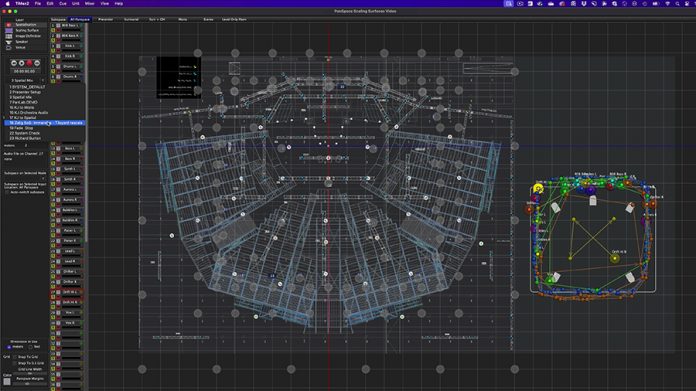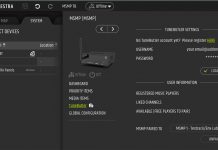TiMax has expanded the audio capabilities of TiMax SoundHub with a progressive new feature named Scaling Surfaces.
The new tool’s exclusive feature set allows users to rescale a spatial show file from a studio playback environment to an auditorium – all with just two mouse clicks.
Now, translating the work users do in the studio to the stage or from venue to venue is simpler, saving significant time.
Scaling Surfaces is styled with a level of detail garnered from decades of experience working with spatial audio workflows.
Users can rescale their entire show for a new venue by simply changing the Scaling Surface size, shape, and, critically, height, and they can do this at any time.
When an object is attached to a Scaling Surface and that surface is moved, all spatial positioning and movement automation for that object, across the entire show file, moves with it.
Users can also distribute content without knowing the absolute scale of the playback environment or system, providing increased flexibility.
They can also utilise more than one Scaling Surface in a file – for example, to cover a stage and auditorium area, where the two Scaling Surfaces needed to be resized separately.
Integrated into the PanSpace window, between Image Definition and Spatialisation workflow elements, Scaling Surfaces offers significant time-saving within the audio rendering workflow.
The new feature offers a familiar and intuitive interface: with eight drag handles and direct manipulation controls, users can resize, reshape, and reposition spatial surfaces just as they would an image in a photo editor.
Scaling Surfaces requires TiMax SoundHub version 6.10 or later and is showcased at TiMax Spatial Studios, the new creative audio playground in Tileyard, London.





